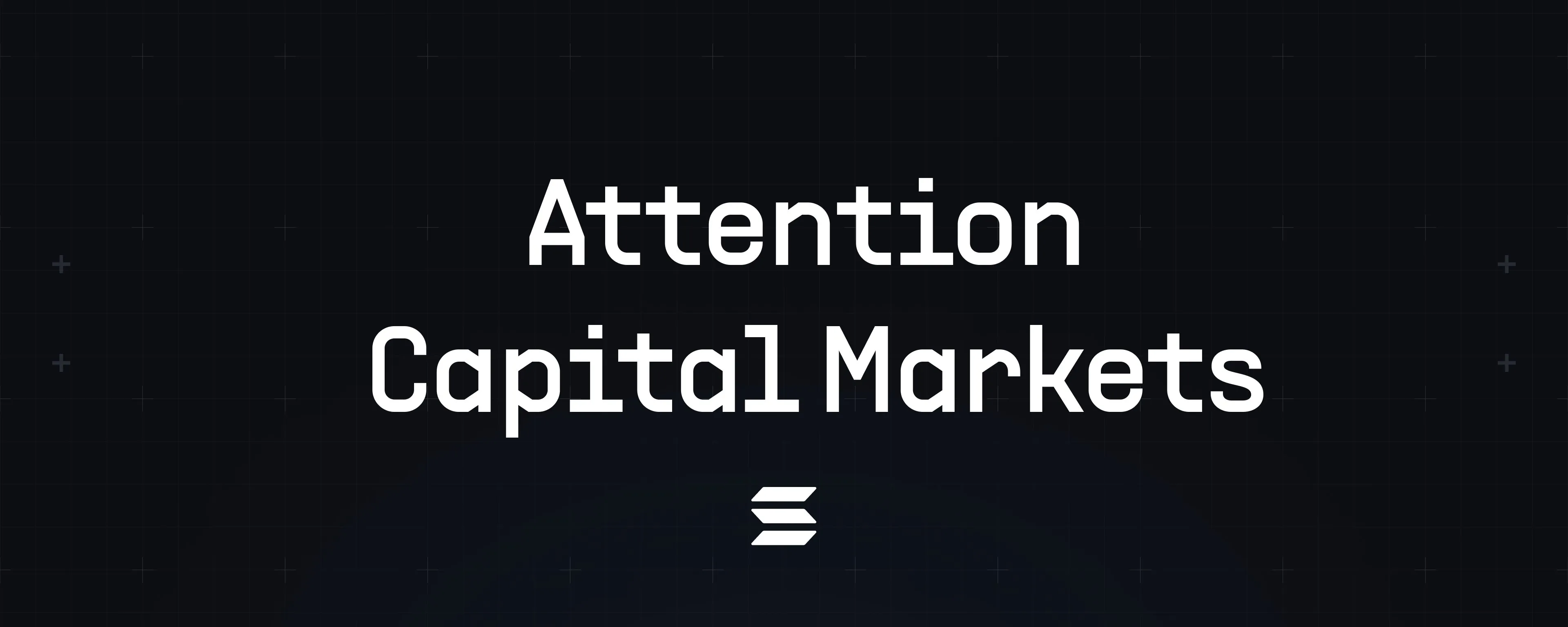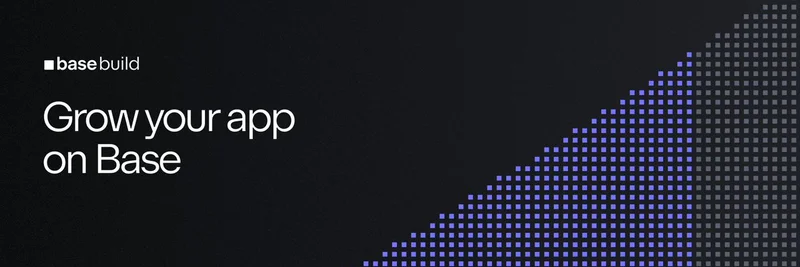Yash Agarwal’s recent post on X introduces a fascinating concept: the Attention Capital Markets Thesis. Shared on April 3, 2025, this thread unpacks how memecoins, Solana’s ecosystem, AI, and speculative consumer apps are reshaping the crypto landscape by monetizing attention. Let’s break it down in a way that’s easy to grasp, while exploring what this means for the future of crypto.
What Are Attention Capital Markets?
The idea of Attention Capital Markets builds on Solana’s Internet Capital Markets, a concept where anyone can launch a token online, bypassing traditional financial gatekeepers like the NYSE. Yash takes this further, arguing that memecoins are essentially "attention assets." Their value isn’t tied to fundamentals like revenue but to how much attention they can capture. Think of it like this: if a meme, event, or narrative goes viral, the memecoin tied to it often sees its price and trading volume skyrocket.
Yash puts it simply with a formula: Valuation = Fundamentals + Attention. For traditional stocks like NVIDIA, fundamentals (like revenue) play a big role, but attention (think AI hype or GPU shortages) also drives value. For memecoins, though? It’s almost entirely about attention. This makes them the ultimate speculative asset in today’s attention economy, where platforms like TikTok and Instagram thrive by grabbing your focus in under 3 seconds.
Memecoins: The TikToks of Finance
Memecoins, especially on Solana, are like the TikToks of financial assets—fast, viral, and speculative. Solana’s blockchain makes it incredibly easy to launch a token, with around 40,000 new tokens popping up daily. This has turned memecoin trading into a game of "attention arbitrage": buy into what’s trending, sell when the hype fades. For example, if you think the "Crypto x AI" narrative is about to blow up, you might ditch your political memecoins for AI-themed ones.
But here’s the catch: attention spans are shrinking. Yash notes that while memecoins like Dogwifhat used to hold billion-dollar valuations for months, newer ones like Libra now peak for just 2–3 hours. This rapid cycle of hype and decline mirrors the fast-paced nature of short-form content on social media. It also explains why altcoins (alternative cryptocurrencies) have struggled this cycle—capital and attention are finite, and they’re rotating faster than ever.
Solana: The Engine Behind the Memecoin Boom
Solana’s role in this can’t be overstated. Its high-speed, low-cost blockchain has made it the go-to platform for memecoin mania, powering over $500 billion in trading volume in a single month. Platforms like Pump.fun have capitalized on this, creating an "infinite content flywheel" where anyone can launch a token for under $2 in less than 2 minutes. Pump.fun even experimented with a live stream feature, letting creators directly monetize visual attention (though it’s currently paused for moderation).
This ease of token creation is what Yash compares to YouTube’s "permissionless publishing moment"—a time when anyone could upload content without gatekeepers. Now, we’re seeing the same with tokens on Solana, where anyone can launch a financial instrument with just a few clicks. It’s a game-changer, but it’s not without flaws. Insiders and cabals often exploit information asymmetry, and poor market structures lead to inefficiencies, meaning a memecoin’s market price doesn’t always reflect its "true attention."
The Rise of Speculative Consumer Apps
The Attention Capital Markets Thesis isn’t just about memecoins—it’s also about the apps that leverage them. Yash highlights a few examples:
SocialFi Apps: Platforms like Time.fun let creators monetize their time, earning revenue from trading fees on their tokens. Imagine OnlyFans, but instead of subscriptions, fans speculate on a model’s token, and the creator earns from trading activity.
Attention Discovery Platforms: Tools like KaitoAI and Noise.xyz quantify attention on crypto Twitter, helping users bet on trends. Wallchain.xyz is also building for "AttentionFi," using market forces to direct attention more efficiently than social media algorithms.
Copy Trading and Curation: Platforms like Vector.fun and Gmgn.ai help users discover trending tokens through public feeds, though curation is getting harder as information becomes more accessible.
Yash warns that the more speculative an app, the shorter its lifecycle. Most viral apps burn bright for a few days, rake in huge revenues (think $100K–$500K), then fade as capital rotates to the next shiny thing. Pump.fun is an exception due to its constant stream of new tokens, but most speculative apps struggle to retain users long-term.
AI’s Role: Vibe Coding and App Explosion
Here’s where things get really exciting: AI is set to turbocharge this trend. Yash introduces the concept of "vibe coding," where AI helps developers ship minimum viable products (MVPs) in hours. Soon, AI could build production-level apps just as fast, especially as models get better at understanding crypto SDKs (software development kits). For example, Sendaifun integrates with Cline to give AI tools like Cursor or VS Code better context for Solana SDKs.
This means we’ll see an explosion of crypto apps—many of them speculative "meme apps" or games—launched with their own tokens to bootstrap users. These "app-coins" could follow the same speculative flywheel as memecoins: token price goes up, more users join, token price goes up again. Yash predicts some might generate $100K–$500K in revenue before fizzling out in 4–5 days. Retention will be the big challenge, and only a few apps will crack the code.
What’s Next for 2025?
Yash outlines two key trends to watch:
Vertical Pumps and Better Mechanisms: We’ll see more niche platforms like Pump.fun, but tailored for specific verticals (e.g., music, dating, or time) with better curation and market structures. Think pre-sales, Dutch auctions, or custom tokenomics to suit different use cases.
AI-Powered Apps and Agents: As building apps gets easier, the ability to capture attention—or "taste"—becomes the new moat. AI can generate UI, but creating a delightful user experience still needs a human touch. Yash is particularly excited about mobile crypto apps, which could onboard more users. Platforms that help build, launch, and distribute these apps (or AI agents) will likely dominate.
Why This Matters
The Attention Capital Markets Thesis shows how crypto is evolving beyond just finance—it’s becoming a playground for attention-driven speculation. Memecoins on Solana are just the start, proving that attention can be tokenized and traded. But as Yash points out, speculation is a bug, not a feature, in crypto. The real challenge is building sustainable apps that can retain users beyond the initial hype.
For now, Solana remains the beating heart of this trend, with its tech enabling rapid experimentation. And with AI lowering the barriers to app development, 2025 could be the year we see a wave of innovative, attention-grabbing crypto apps—some of which might just stick around. What do you think the next big memecoin or app will be? Let’s keep an eye on this space!


